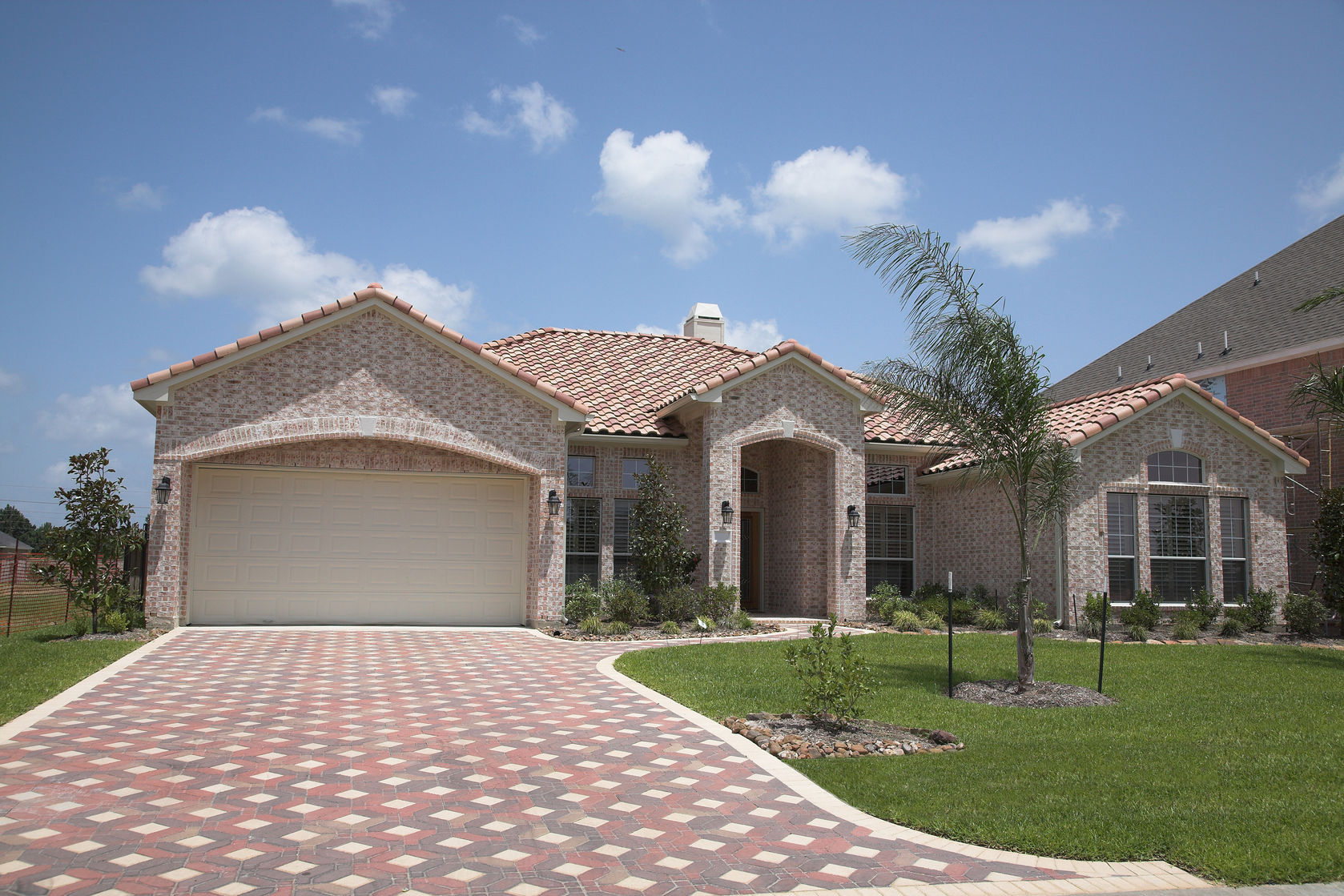What’s Ahead For Mortgage Rates This Week – August 7, 2017
 Last week’s economic news included readings on pending home sales, construction spending. Several reports related to employment were also posted along with weekly readings on mortgage rates and new jobless claims.
Last week’s economic news included readings on pending home sales, construction spending. Several reports related to employment were also posted along with weekly readings on mortgage rates and new jobless claims.
Pending Home Sales Rise as Construction Spending Lags
Pending home sales rose by 1.50 percent to an index reading of 110.2 in June according to the National Association of Realtors®. Sales of homes under contract that have not yet closed regained positive territory after May’s negative reading of -0.70 percent. Pending sales were in negative territory for the past three months.
Regional results for pending sales were mixed. The Northeast posted a gain of 0.70 percent, which was 3.40 percent higher than in June 2016. The Midwest region lost ground with a reading of -0.50 percent in June, but pending sales were 3.40 percent higher year-over-year. Pending home sales increased by 2.10 percent in the Southern region, which was 2.60 percent higher year-over-year. Although the Western region posted a month-to-month pending home sales gain of 2.90 percent for June, pending home sales were 1.10 percent lower year-over-year.
The west has enjoyed a run on rapid home price growth due to slim supplies of homes for sale and high demand for homes in popular metro areas. June’s lower year-over-year reading could signal that home prices have maxed out and low inventory of homes isn’t providing potential buyers with enough choices given higher home prices.
Construction Spending Slows, Mortgage Rates Hold Steady
Real estate pros again cited the shortage of available homes as driving high home prices and creating high competition for homes on the market. These conditions can make homeownership difficult for first-time and moderate- income buyers. Despite pressure on home builders to increase construction, the Commerce Department reported lower construction spending in June. Spending was lower by -1.10 percent against expectations of 0.40 percent growth based on May’s flat reading.
Mortgage rates were little changed last week; the average rate for a 30-year fixed rate mortgage rose one basis point to 3.93 percent. 15-year fixed mortgage rates were two basis points lower at 3.18 percent. Rates for a 5/1 adjustable rate mortgages were three basis points lower at 3.15 percent. Discount points averaged 0.50 percent for all three mortgage types.
Weekly Jobless Claims, Unemployment Rate Fall
New jobless claims fell to 20,000 new claims as compared to expectations of 244,000 new claims and the prior week’s reading of 245,000 initial jobless claims filed. Readings for Non-Farm Payrolls were lower at 209,000 private and public-sector jobs created.in July. Analysts expected 175,0000 new jobs based on June’s reading of 231,000 jobs. ADP Payrolls reported 178,000 private sector jobs created in July as compared to June’s reading of 191,000 new jobs created.
The national unemployment rate dropped to 4.30 percent as expected and was lower than June’s reading of 4.40 percent. Lower unemployment readings suggest that fewer people are seeking full-time work.
What‘s Ahead
This week’s scheduled economic reports include readings on job openings, inflation and core inflation. Weekly readings on mortgage rates and new jobless claims will also be released.

 Last week’s economic news included readings on new and existing home sales, Case-Shiller Home Price Index reports and an announcement by the Federal Open Market Committee of the Federal Reserve. Weekly readings on mortgage rates and new jobless claims were also released.
Last week’s economic news included readings on new and existing home sales, Case-Shiller Home Price Index reports and an announcement by the Federal Open Market Committee of the Federal Reserve. Weekly readings on mortgage rates and new jobless claims were also released. Last week’s economic news included releases from the National Association of Home Builders and releases from the Commerce Department on housing starts and building permits issued. Weekly readings on mortgage rates and new jobless claims were also released.
Last week’s economic news included releases from the National Association of Home Builders and releases from the Commerce Department on housing starts and building permits issued. Weekly readings on mortgage rates and new jobless claims were also released.
 Last week’s economic news included Case-Shiller Home Price Indices, pending home sales and inflation. Weekly readings on mortgage rates and new jobless claims were released along with a reading on consumer sentiment. Case-Shiller and pending home sales readings suggested that recent rapid growth in home prices and home sales may be easing. High demand for homes coupled with low inventories of homes for sale has created an artificially high rate of home price growth and competition among buyers for a limited number of homes.
Last week’s economic news included Case-Shiller Home Price Indices, pending home sales and inflation. Weekly readings on mortgage rates and new jobless claims were released along with a reading on consumer sentiment. Case-Shiller and pending home sales readings suggested that recent rapid growth in home prices and home sales may be easing. High demand for homes coupled with low inventories of homes for sale has created an artificially high rate of home price growth and competition among buyers for a limited number of homes.